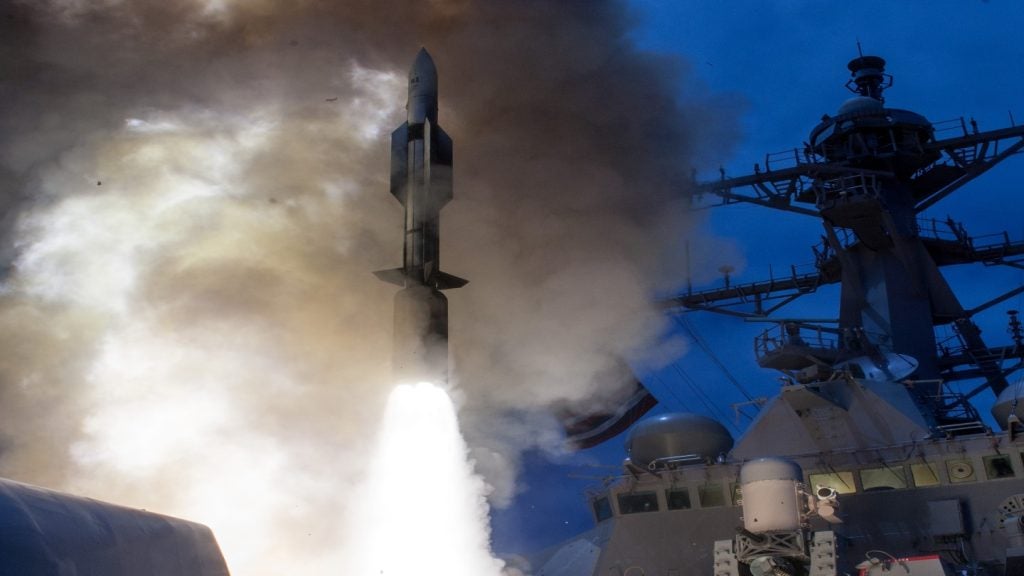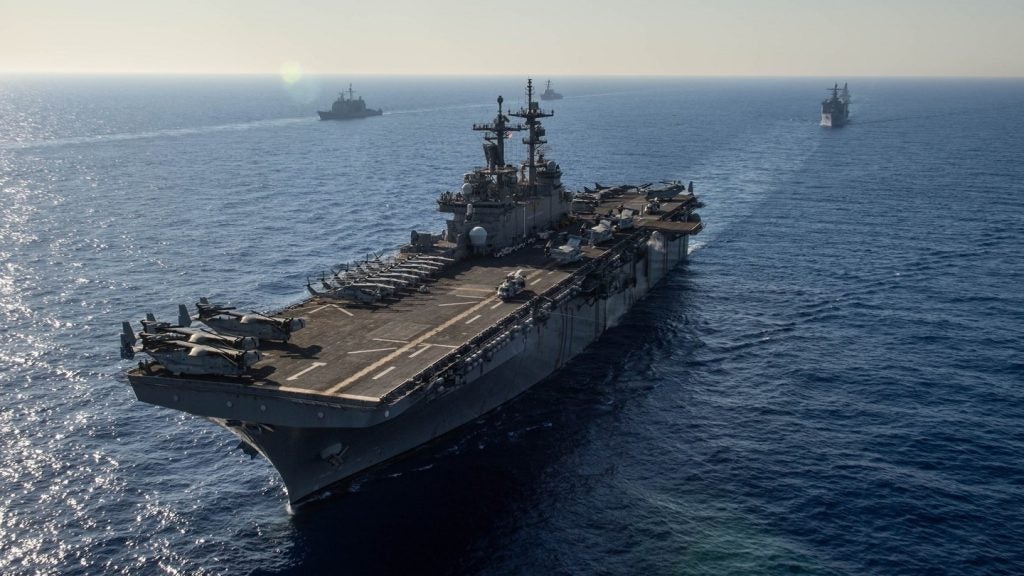
General Motors (GM), the Office of Naval Research and the US Naval Research Laboratory have partnered to incorporate automotive hydrogen fuel cell systems into US Navy next-generation unmanned undersea vehicles (UUVs).
The partnership seeks to develop hydrogen fuel cells that transform high-energy hydrogen into electricity and provide greater range and endurance to vehicles.
As part of the collaboration, a GM fuel cell incorporated into a prototype UUV was tested in pools at the Naval Surface Warfare Center in Carderock.
ONR ocean battlespace sensing department head Frank Herr said: "Our in-water experiments with an integrated prototype show that fuel cells can be game changers for autonomous underwater systems.
"Reliability, high energy, and cost effectiveness all brought to us via GM’s partnering are particularly important as navy looks to use UUVs as force multipliers."
GM-developed fuel cells are compact and lightweight and feature reliability and performance.
How well do you really know your competitors?
Access the most comprehensive Company Profiles on the market, powered by GlobalData. Save hours of research. Gain competitive edge.

Thank you!
Your download email will arrive shortly
Not ready to buy yet? Download a free sample
We are confident about the unique quality of our Company Profiles. However, we want you to make the most beneficial decision for your business, so we offer a free sample that you can download by submitting the below form
By GlobalDataGM global fuel cell activities executive director Charlie Freese said: "The collaboration with the navy leveraged what we learned in amassing more than three million miles of real-world experience with our Project Driveway fuel cell programme.
"Our customers will benefit from additional lessons we learn about the performance of fuel cells in non-automotive applications that will be useful in GM’s drive to offer fuel cells across consumer markets."
Image: Automotive hydrogen fuel cell systems will be installed in the US Navy’s future UUVs. Photo: courtesy of Office of Naval Research File Photo.







